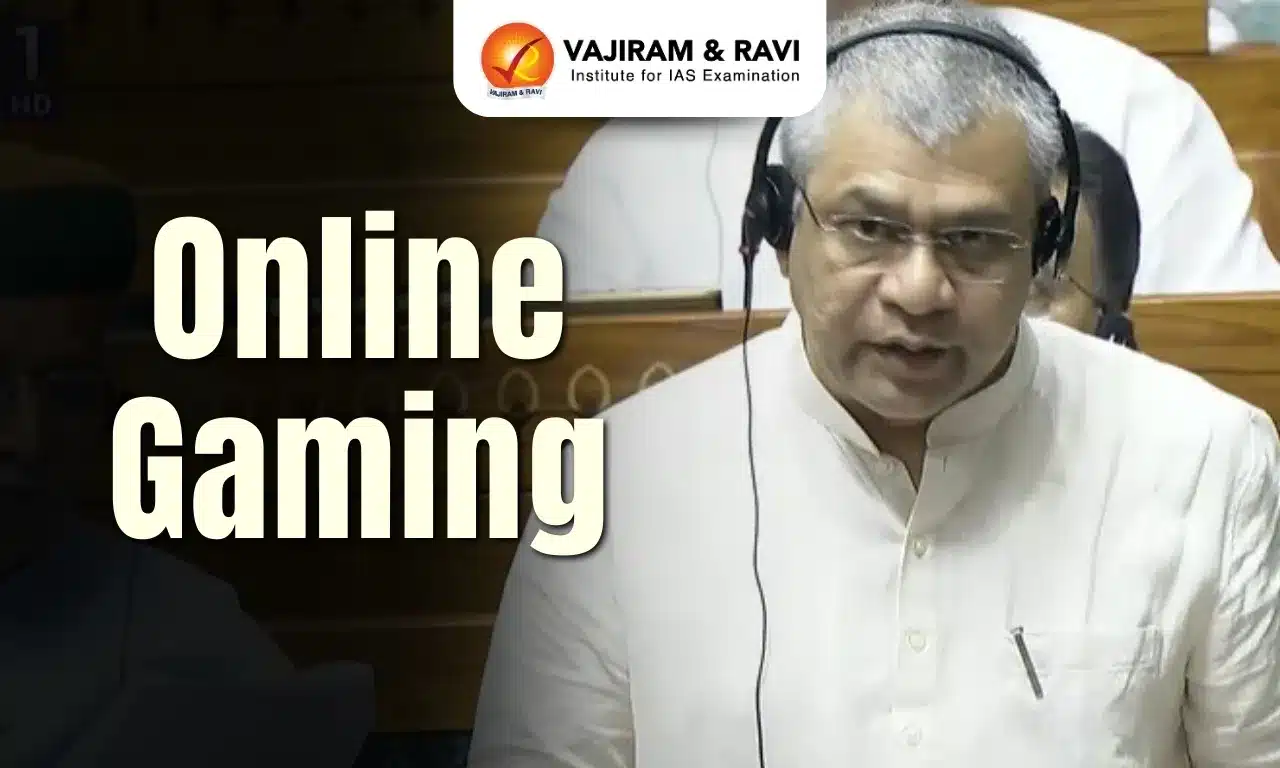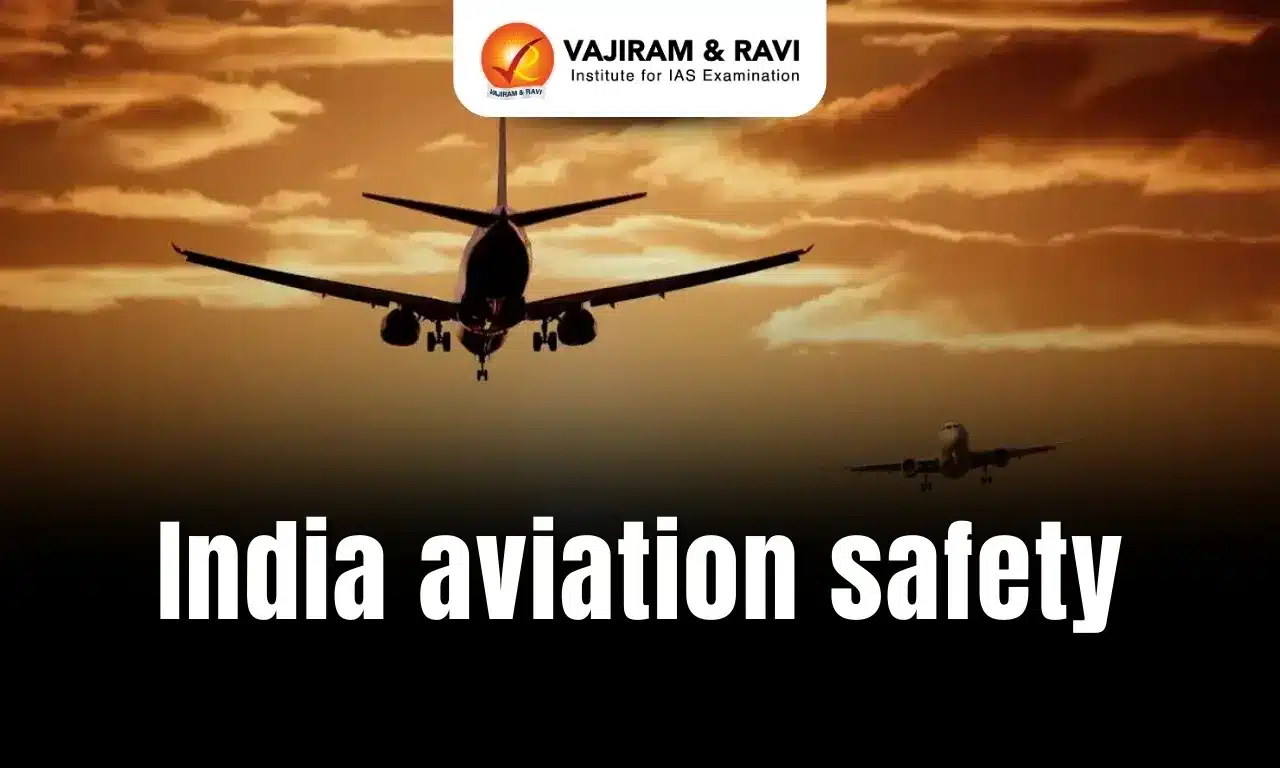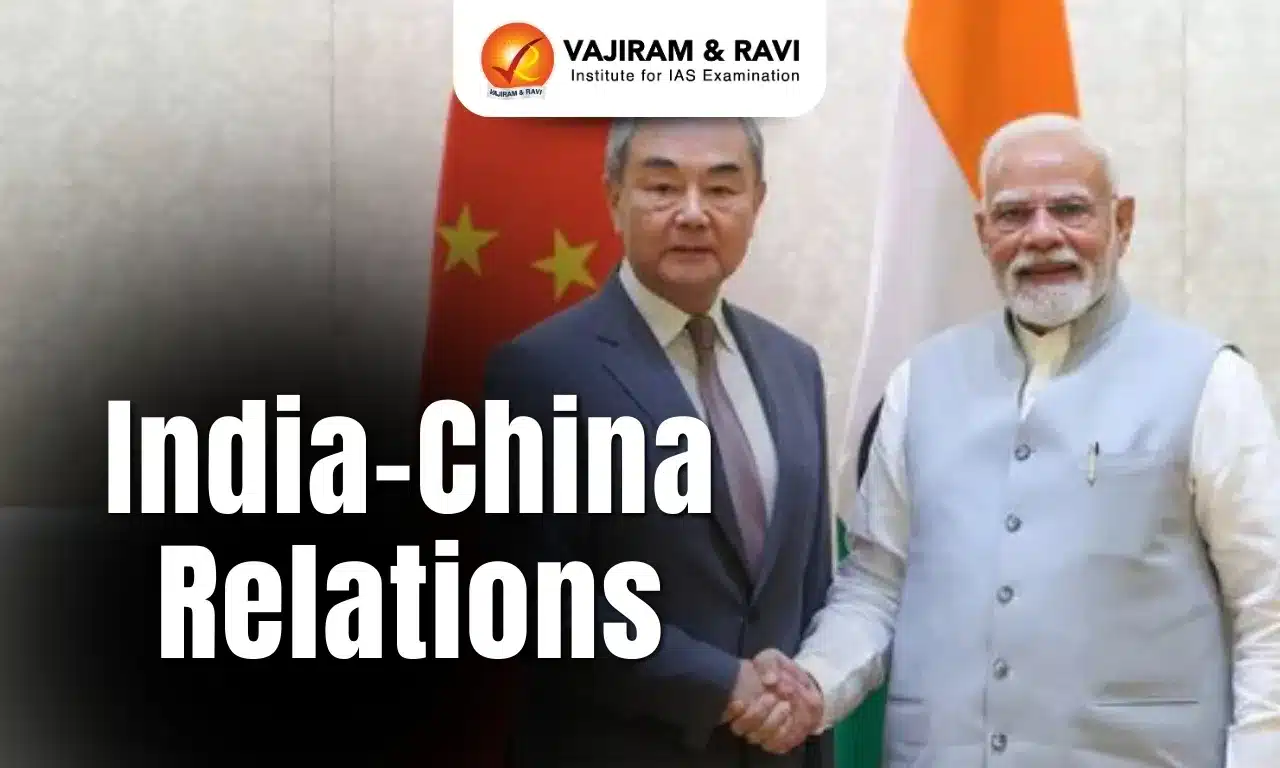What’s in today’s article?
- Why in News?
- Depletion of the World’s Fish Stocks
- What is the WTO Agreement on Fisheries Subsidies?
- Concerns Regarding the Fisheries Subsidies Agreement Raised by India
- Way Ahead to Resolve Issues with the Fisheries Subsidies Agreement
Why in News?
Small-scale fishers from around the world had expressed significant concerns about the current World Trade Organisation (WTO) proposed text on fisheries subsidies.
Depletion of the World’s Fish Stocks:
- As per the figures shared by the WTO, an estimated 37.7% of the world’s fish stocks are overfished now, compared to 10% in 1974.
- $35 billion of government funding is allotted to fishing, of which an estimated $22 billion goes towards increasing the amount of fishing that is not sustainable.
- Among the main subsidisers are China, the EU, the US, South Korea and Japan.
- However, the government of India estimates that each fisher family receives less than $15 in subsidies per year.
What is the WTO Agreement on Fisheries Subsidies?
- Adopted at the 12th Ministerial Conference (MC12) in 2022, it marks a major step forward for ocean sustainability.
- It prohibits harmful fisheries subsidies, which are contributing to overcapacity and over fishing and are a key factor in the widespread depletion of the world’s fish stocks.
- The Agreement represents a historic achievement for the membership as –
- The first Sustainable Development Goal (SDG) target to be fully met,
- The first SDG target met through a multilateral agreement,
- The first WTO agreement to focus on the environment,
- The first broad, binding, multilateral agreement on ocean sustainability, and
- Only the second agreement reached at the WTO since its inception.
- For the Agreement to become operational, two-thirds of members have to deposit their “instruments of acceptance” with the WTO.
Concerns Regarding the Fisheries Subsidies Agreement Raised by India:
- Discriminates against poorer countries:
- India draws attention to important gaps that could support unsustainable fishing practices, especially by large-scale industrial fishing nations.
- For example, the sustainability exemption clause in the proposed text allowed advanced fishing countries with better monitoring and notification capabilities to avoid commitments to cut harmful subsidies.
- However, it placed strict restrictions on small-scale fishers, especially those in developing nations.
- Differential treatment provisions:
- The proposed special and differential treatment provisions for small-scale fishers are considered inadequate.
- They are of non-industrial characteristics, which do not address the core issue of industrial fishing.
Way Ahead to Resolve Issues with the Fisheries Subsidies Agreement:
- Large-scale industrial fishing fleets engaged in deep-sea fishing should be adequately restrained by subsidies for the fishing industry.
- Small players hoping to increase their fishing capacity should not be deterred by the support that many developing nations and least developed countries (LDCs) have provided.
- In general, small-scale fishers are demanding stronger support for sustainable small-scale fishing methods as well as more effective ways to reduce industrial fishing subsidies.
Q1. What are the World Trade Organisation’s (WTO) Special and Differential Treatment (S&D) provisions?
The WTO’s S&D provisions give developing countries special rights and allow other members to treat them more favorably. These provisions are intended to support economic growth for countries at different stages of development.
Q.2. What are least developed countries (LDCs)?
The LDCs are developing countries listed by the United Nations that exhibit the lowest indicators of socioeconomic development. The concept of LDCs originated in the late 1960s and the first group of LDCs was listed by the UN in 1971.
Source: India’s position on fish negotiations at WTO gets support from many developing countries | WTO
Last updated on August, 2025
→ UPSC Mains Admit Card 2025 has been released on 14th August at www.upsc.gov.in.
→ UPSC Mains 2025 will be conducted on 22nd August 2025.
→ UPSC Notification 2025 was released on 22nd January 2025.
→ UPSC Calendar 2026 is released on 15th May, 2025.
→ UPSC Prelims Question Paper 2025 and Unofficial Prelims Answer Key 2025 are available now.
→ UPSC Prelims Result 2025 is out now for the CSE held on 25 May 2025.
→ The UPSC Vacancy 2025 were released 1129, out of which 979 were for UPSC CSE and remaining 150 are for UPSC IFoS.
→ UPSC Prelims 2026 will be conducted on 24th May, 2026 & UPSC Mains 2026 will be conducted on 21st August 2026.
→ The UPSC Selection Process is of 3 stages-Prelims, Mains and Interview.
→ UPSC Result 2024 is released with latest UPSC Marksheet 2024. Check Now!
→ UPSC Toppers List 2024 is released now. Shakti Dubey is UPSC AIR 1 2024 Topper.
→ Also check Best IAS Coaching in Delhi













